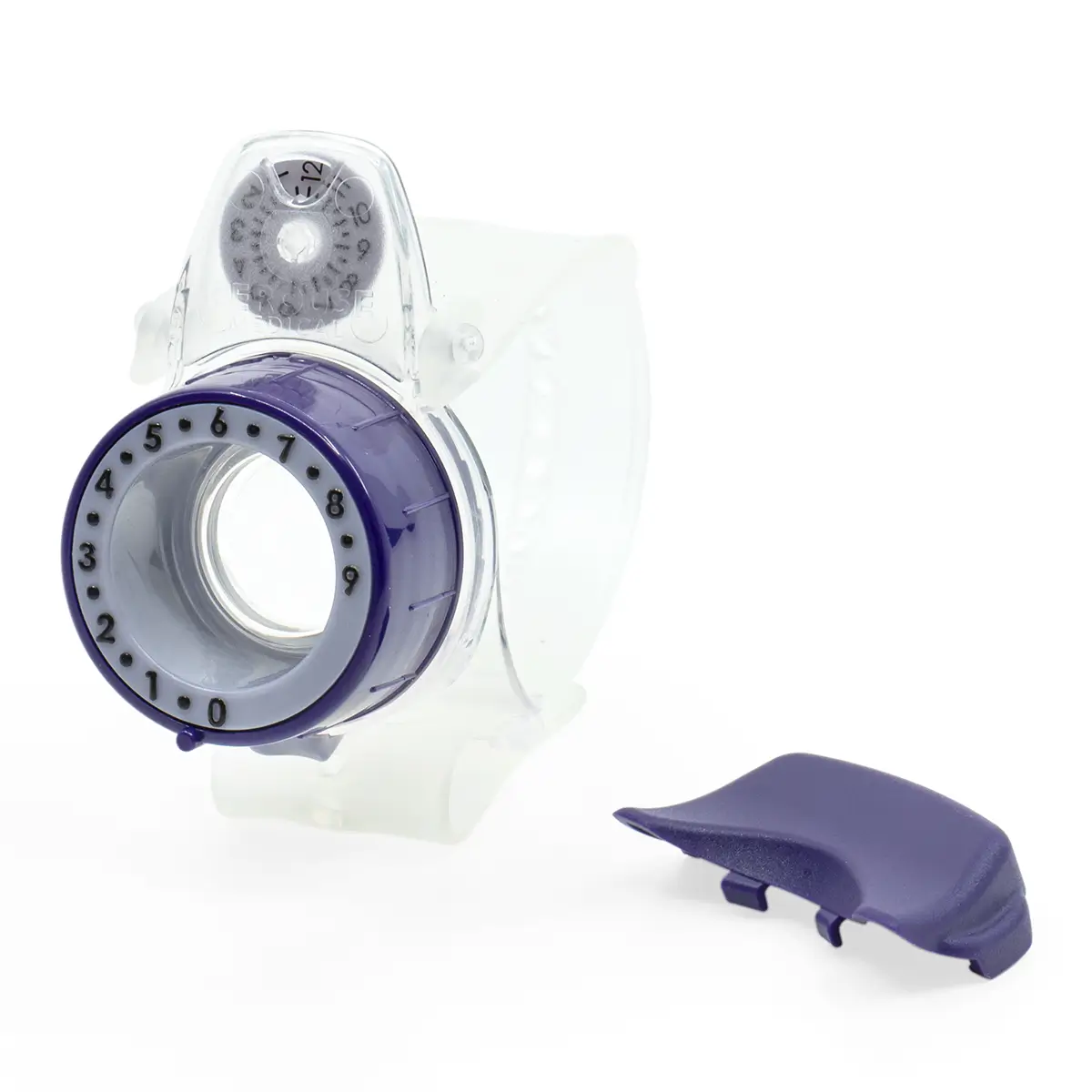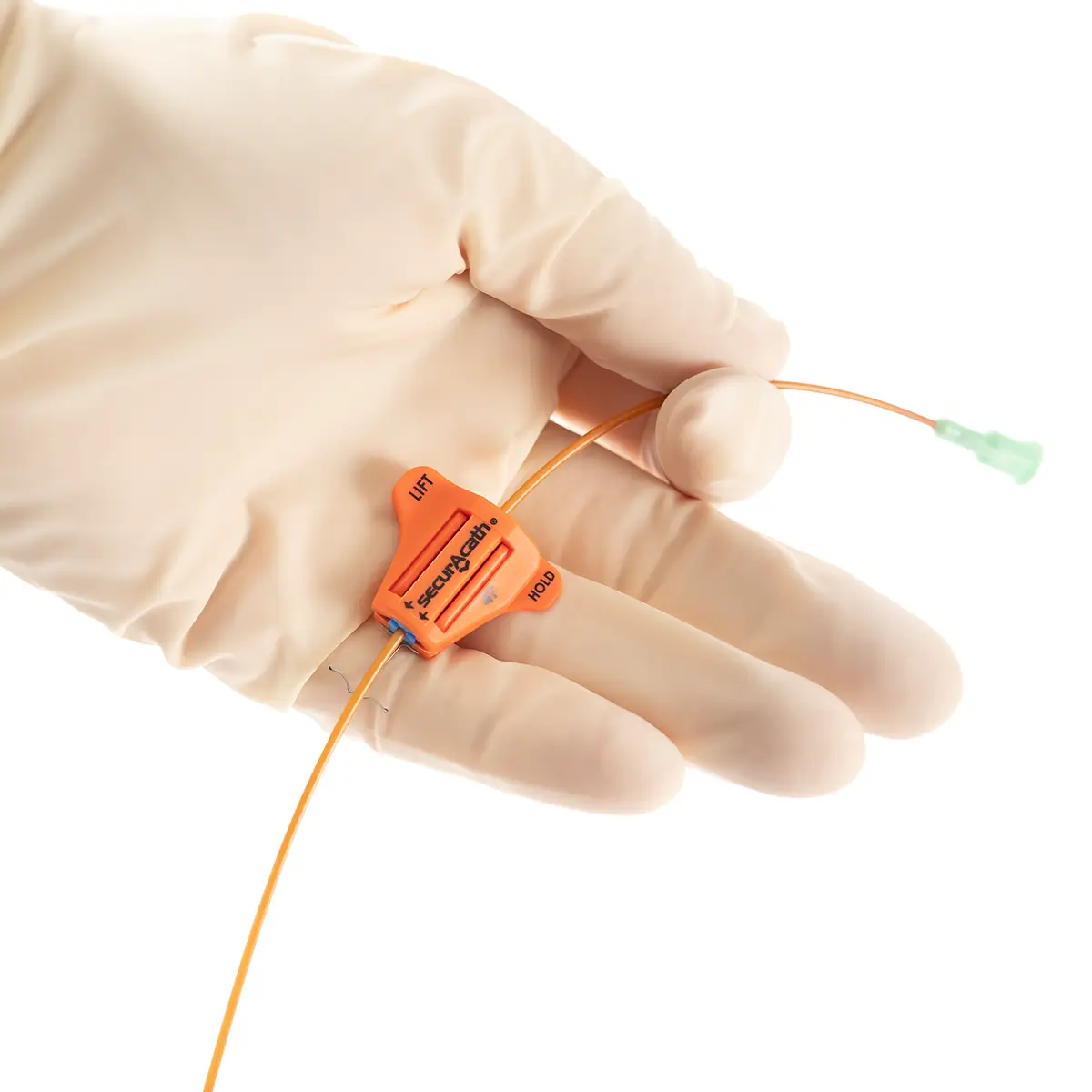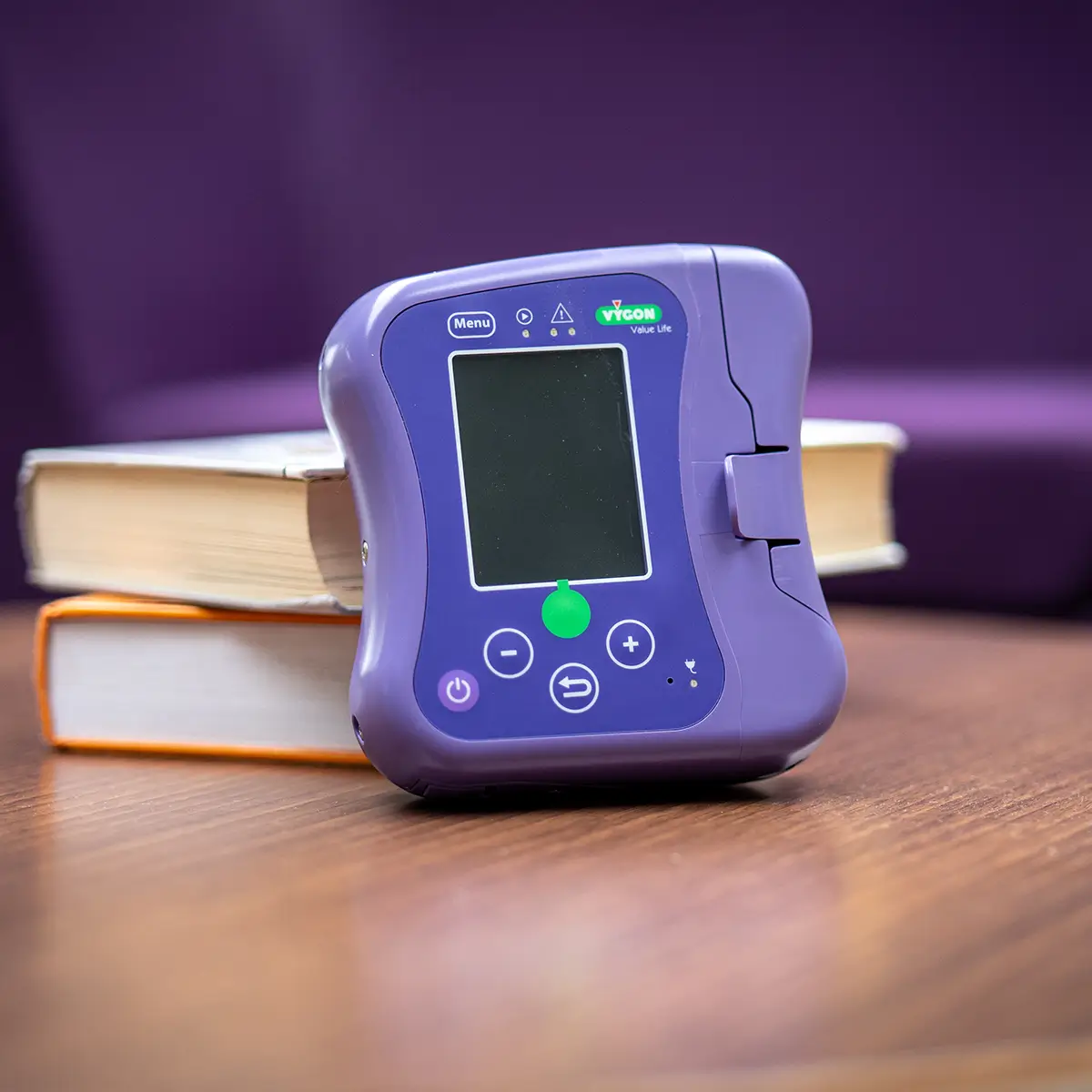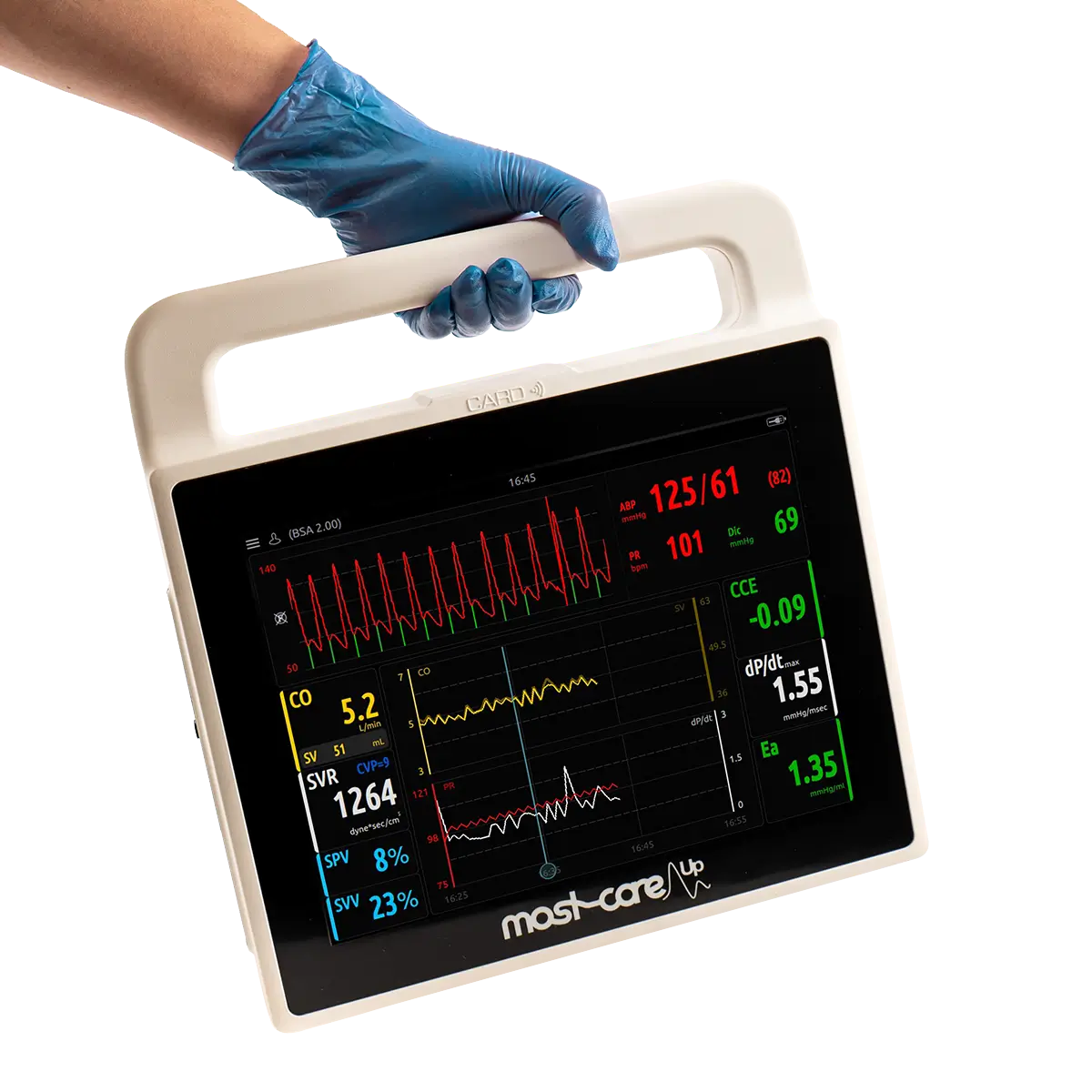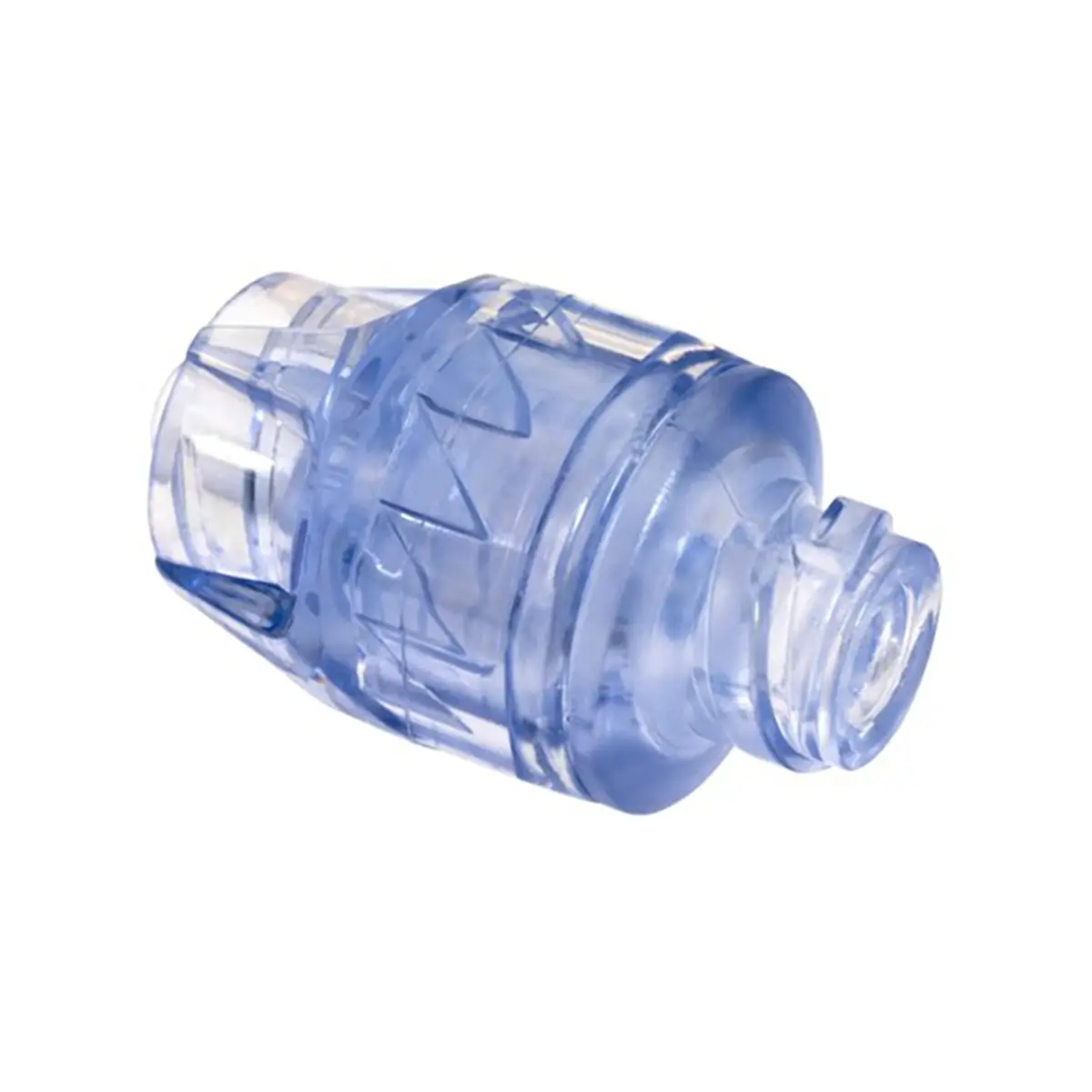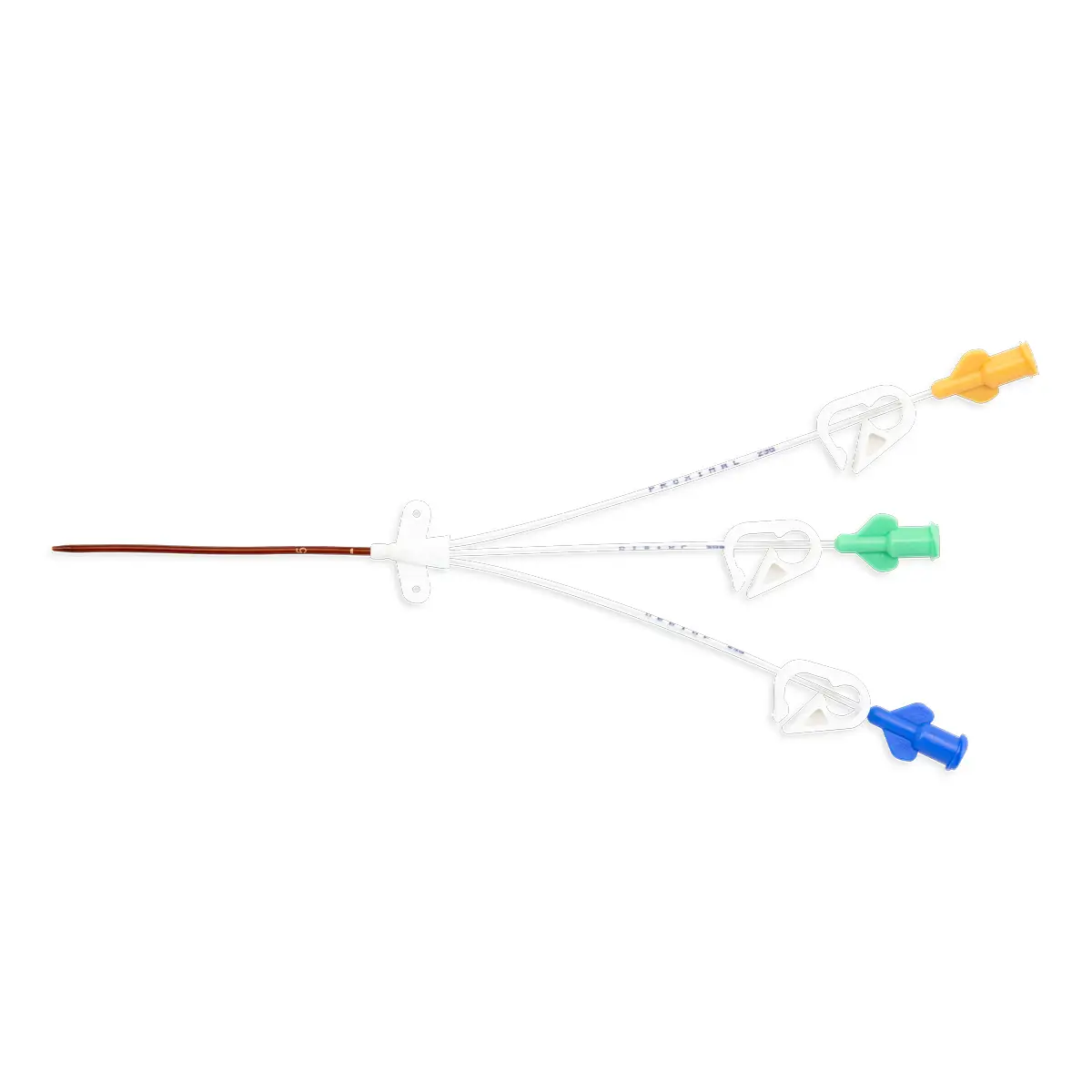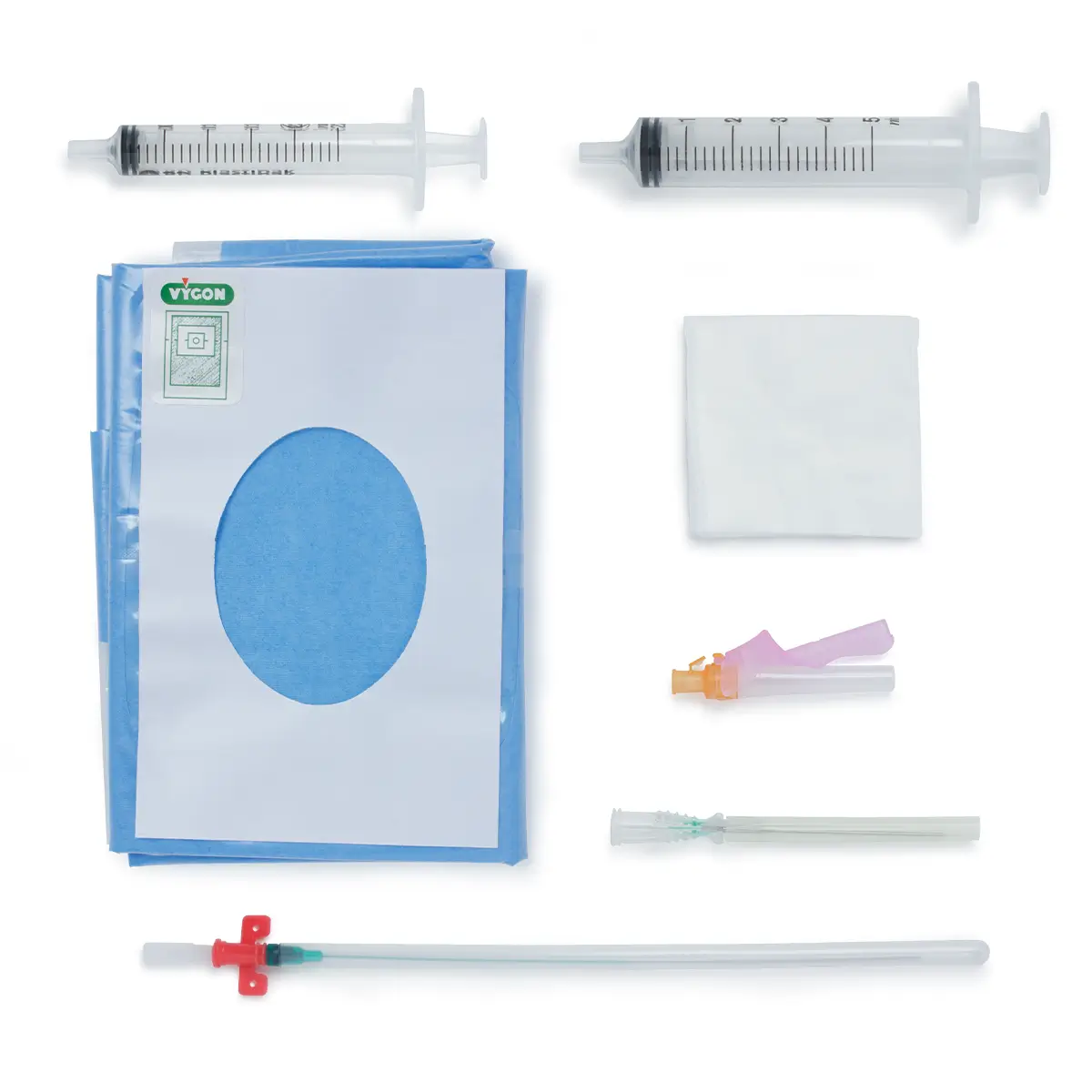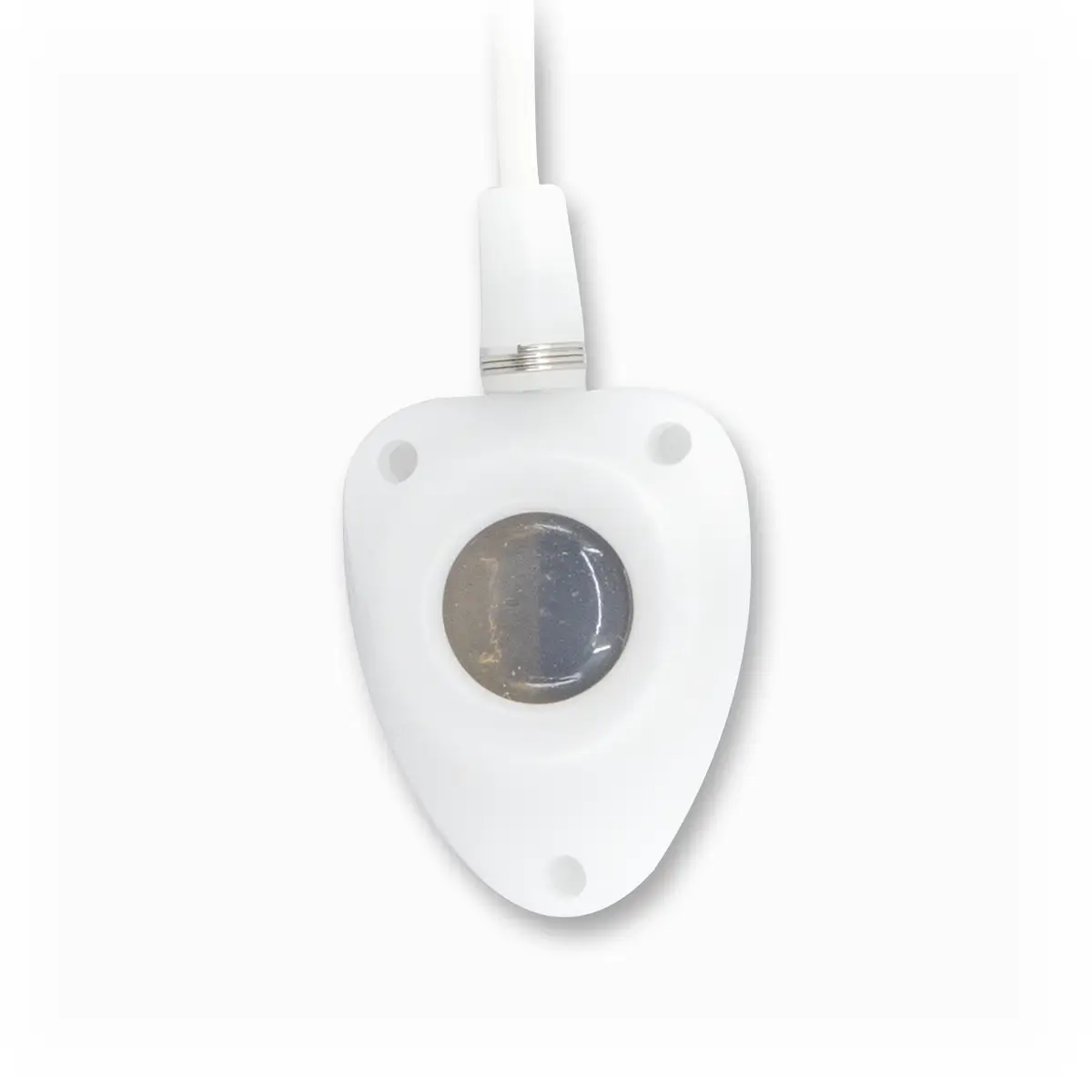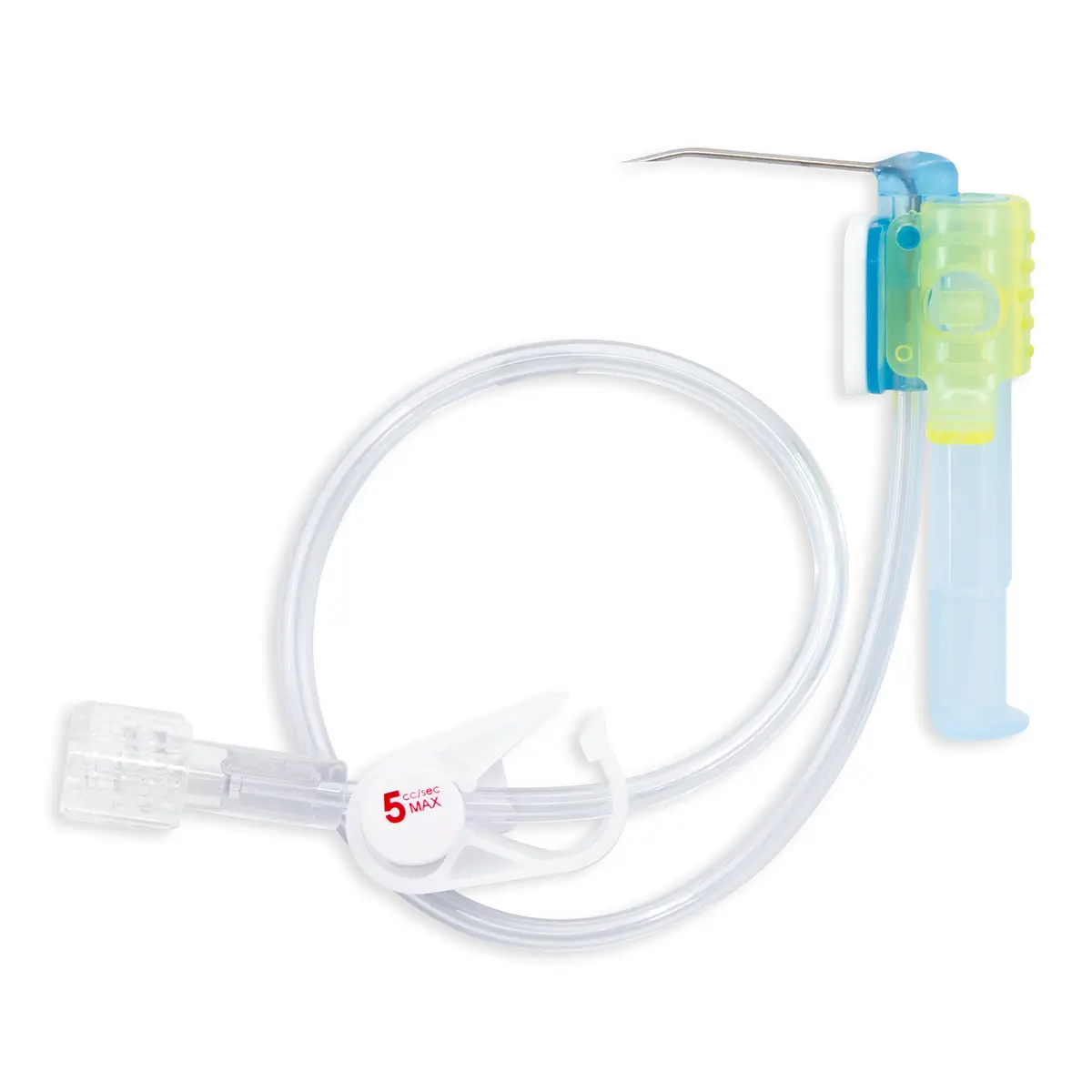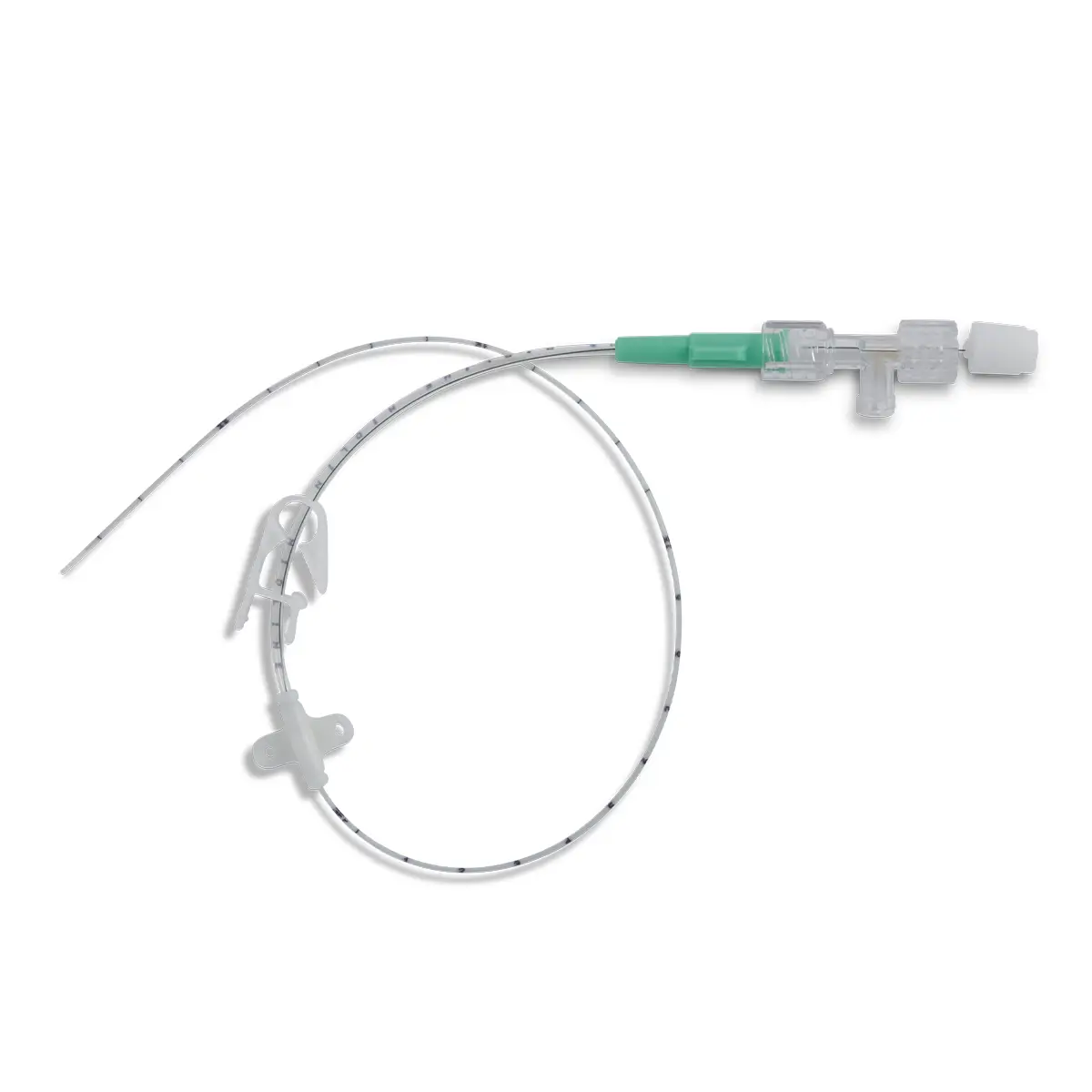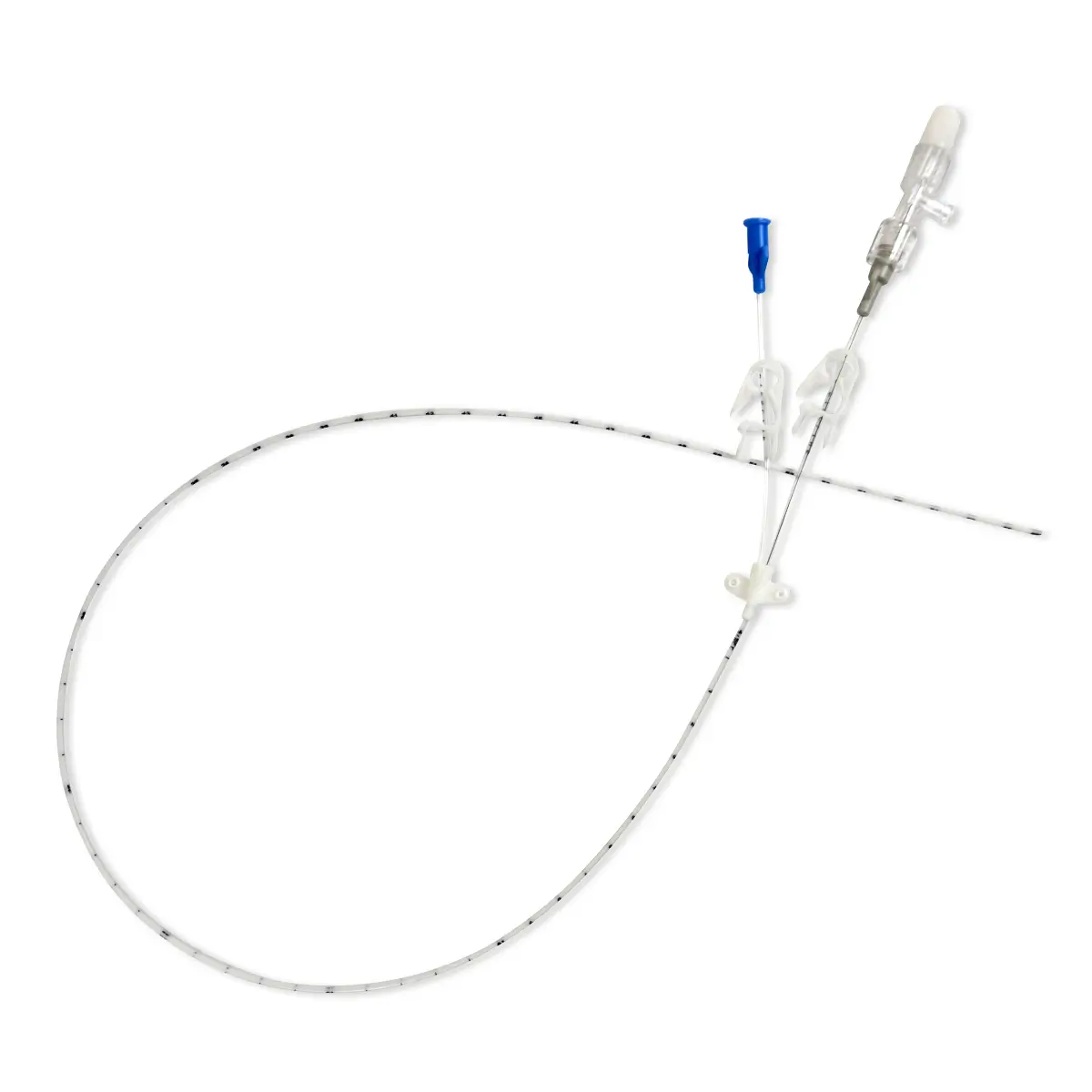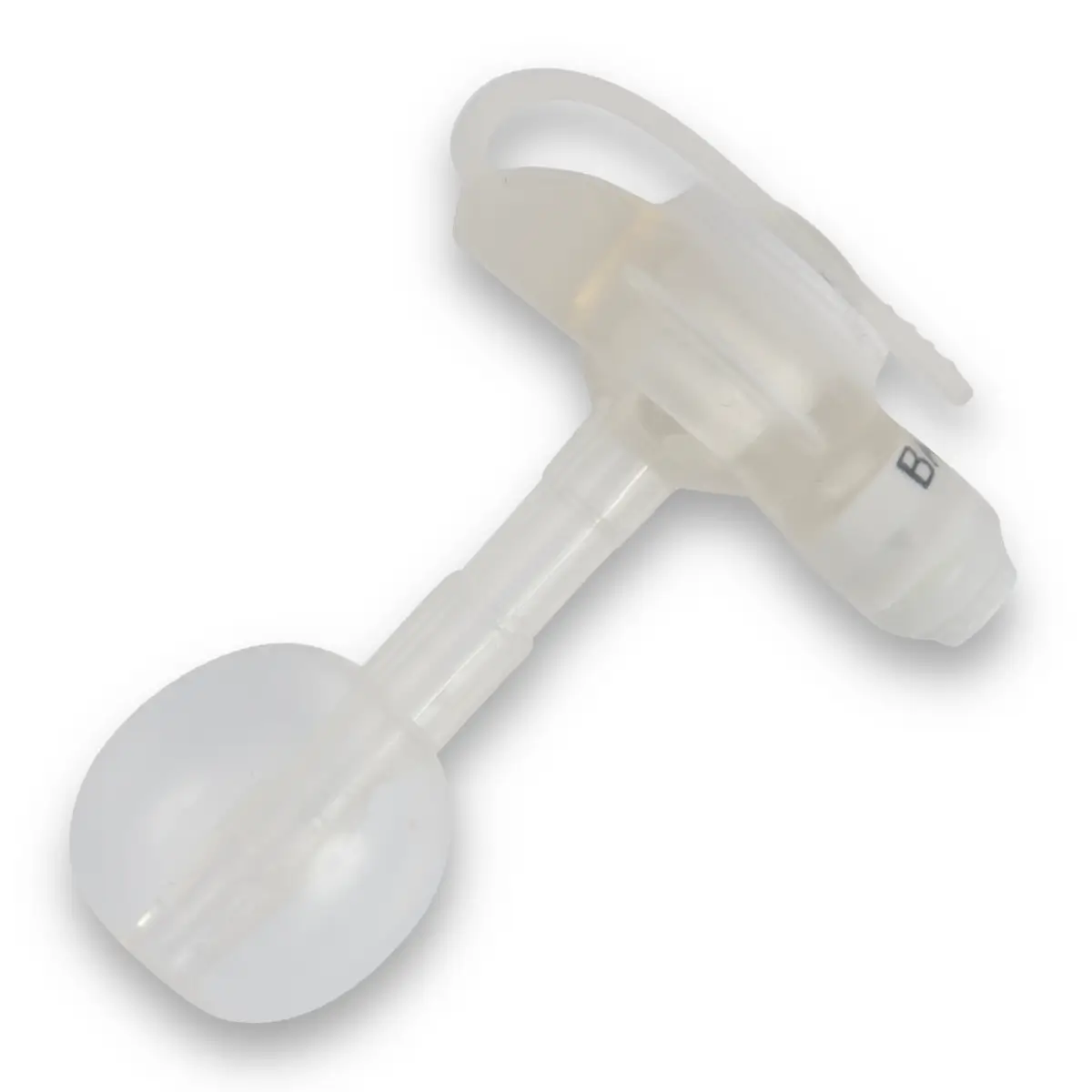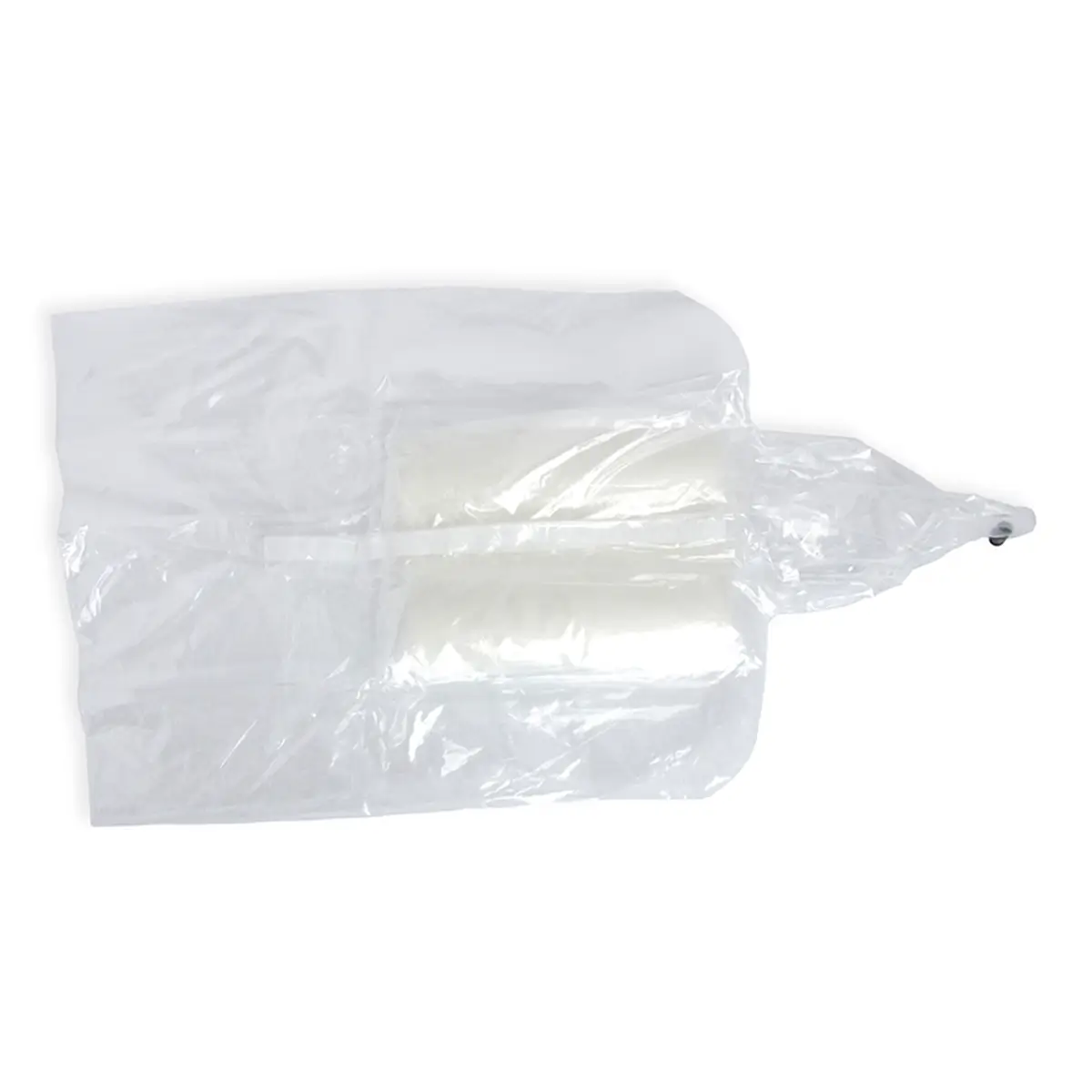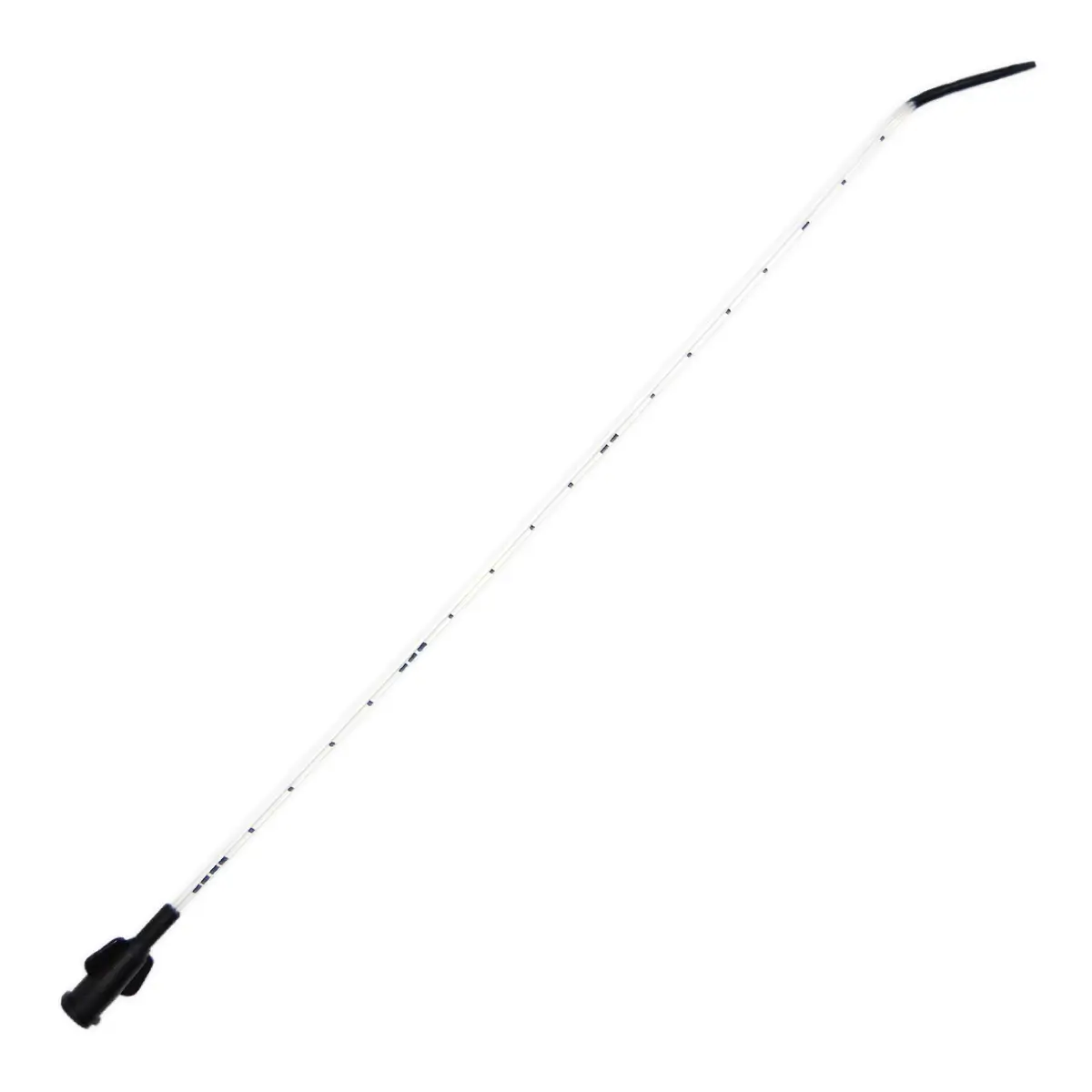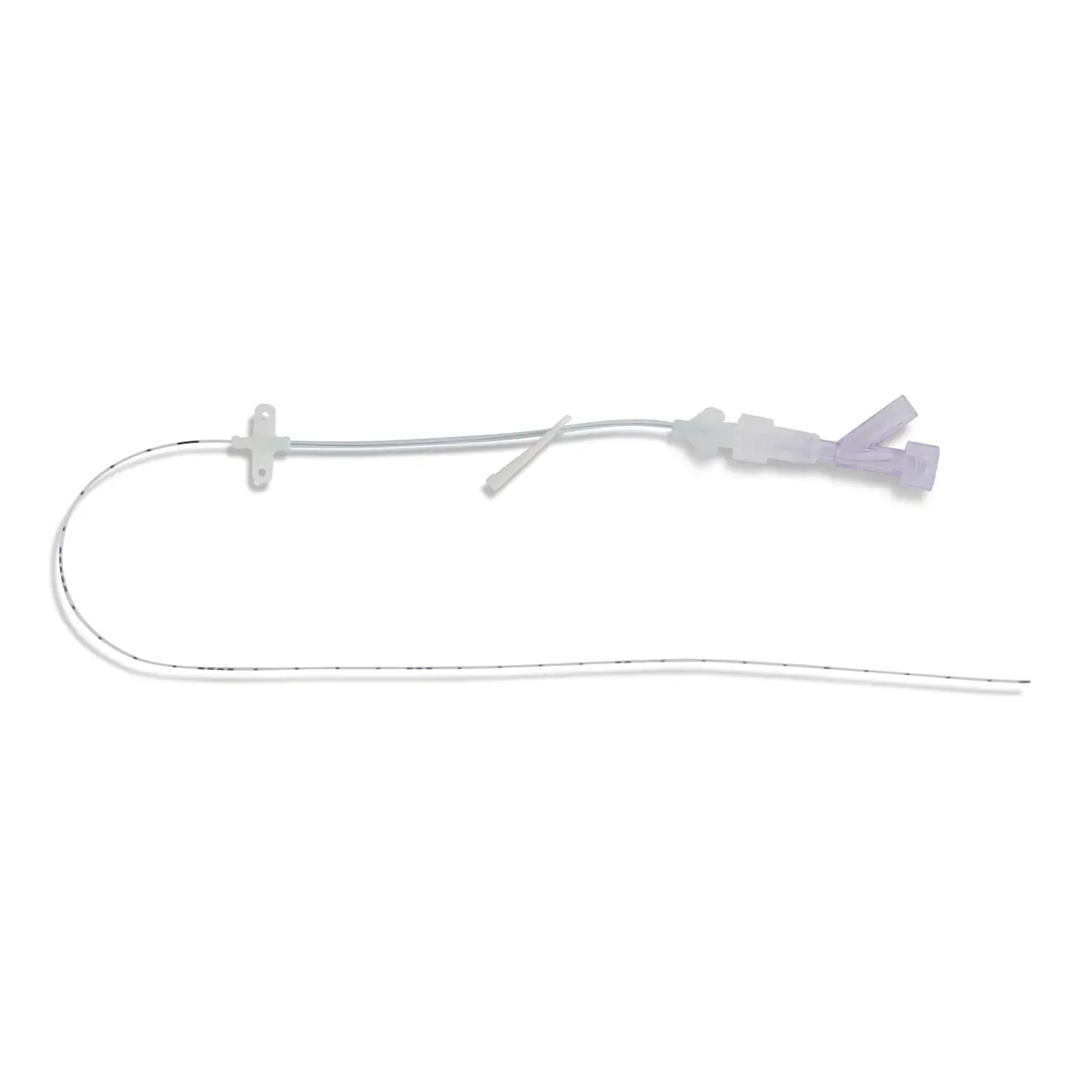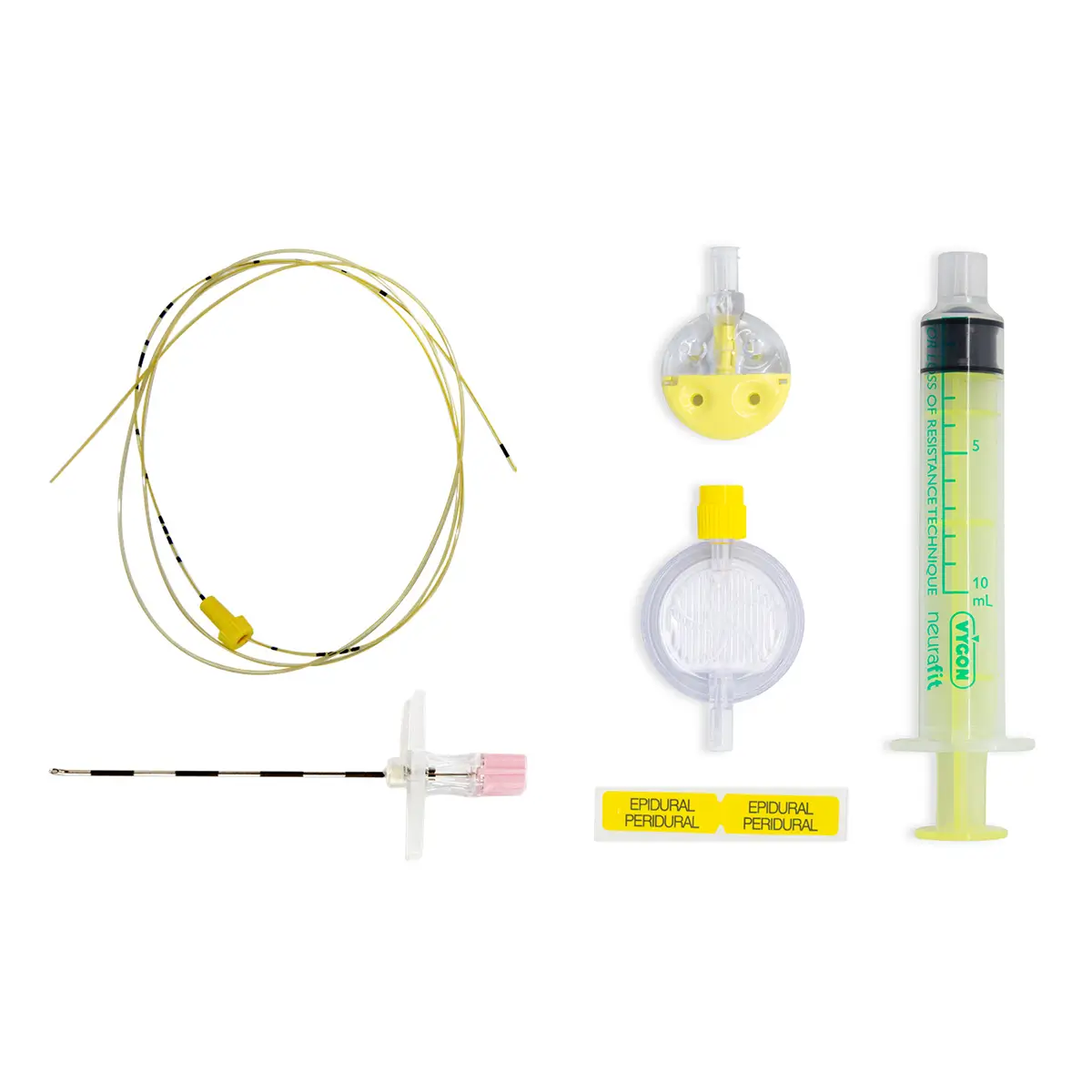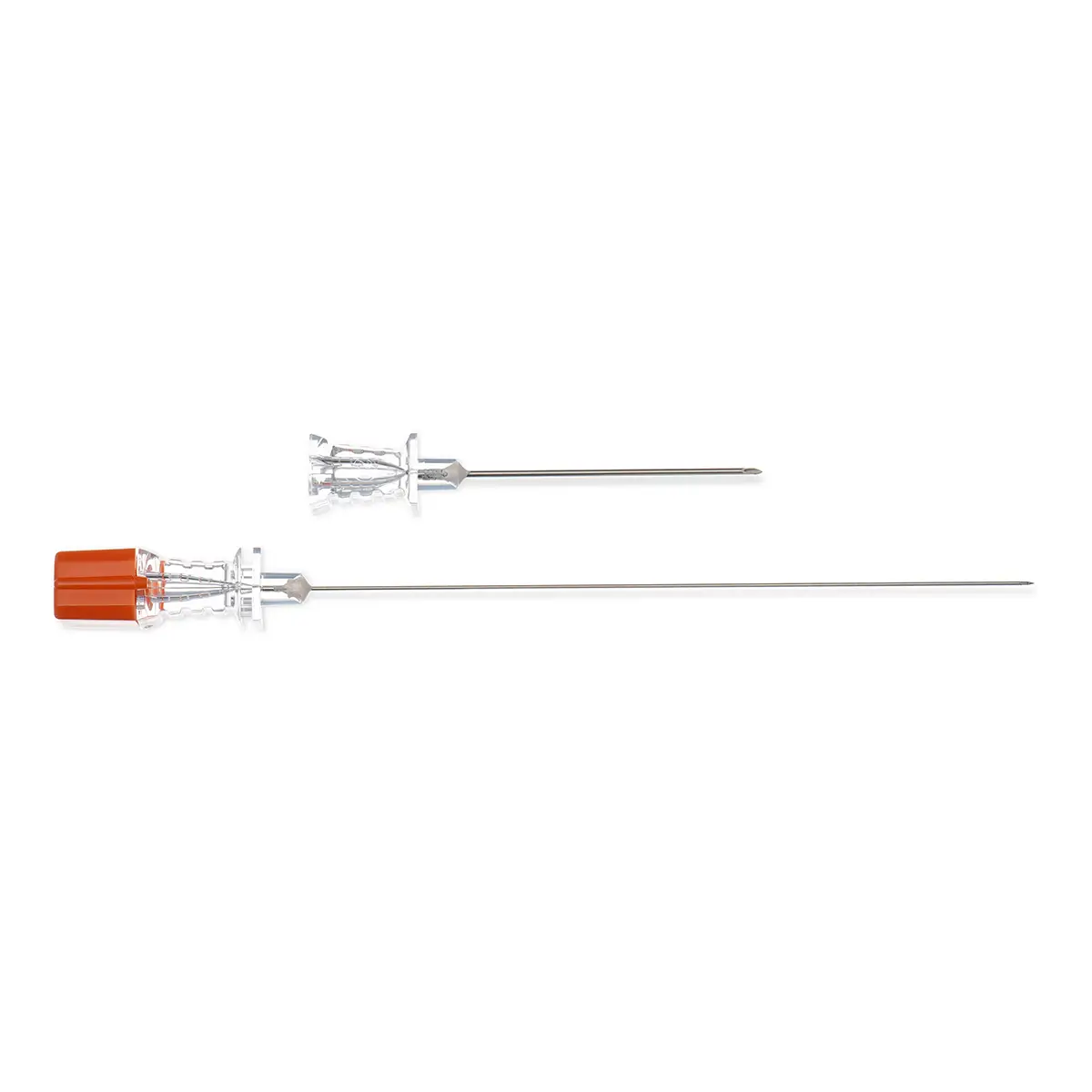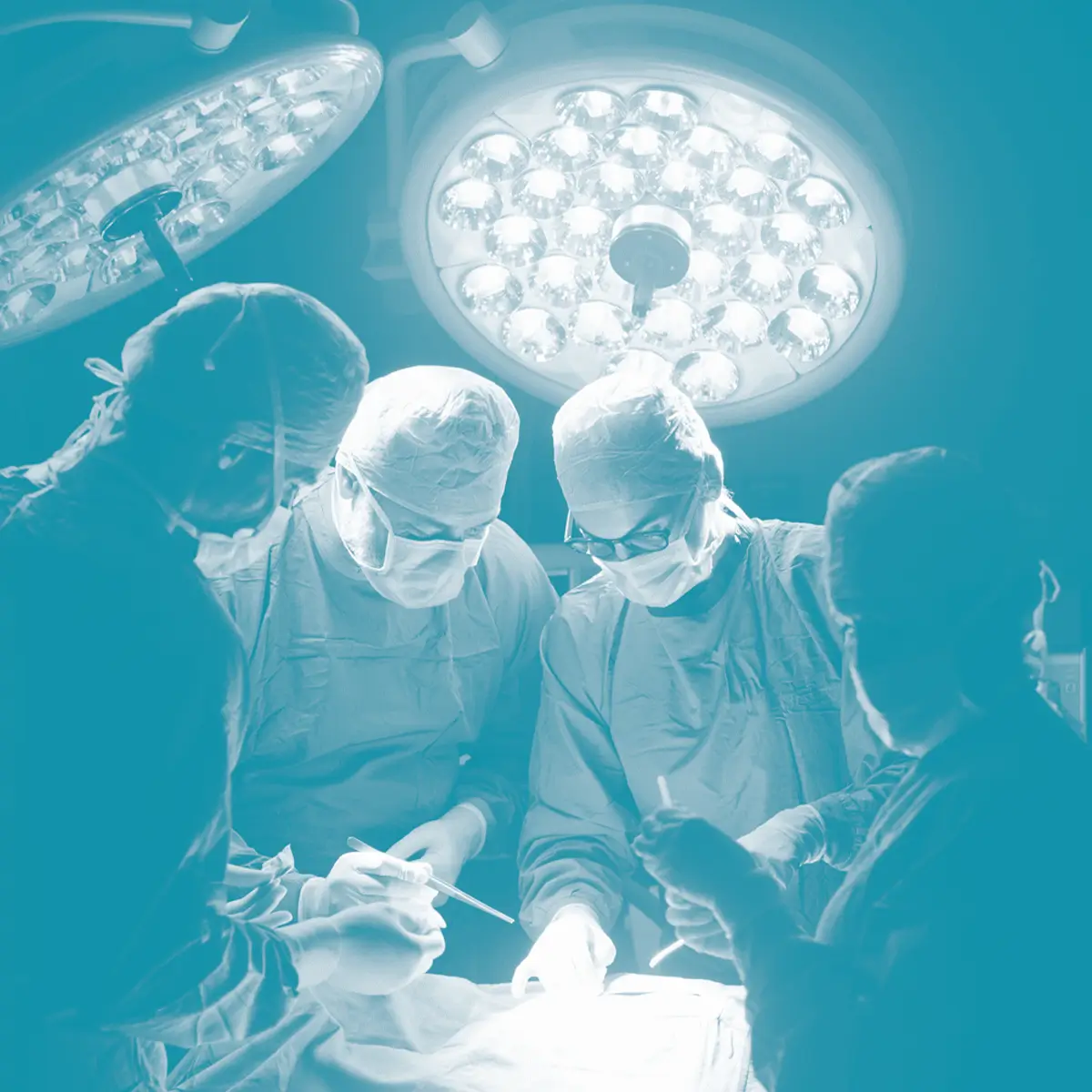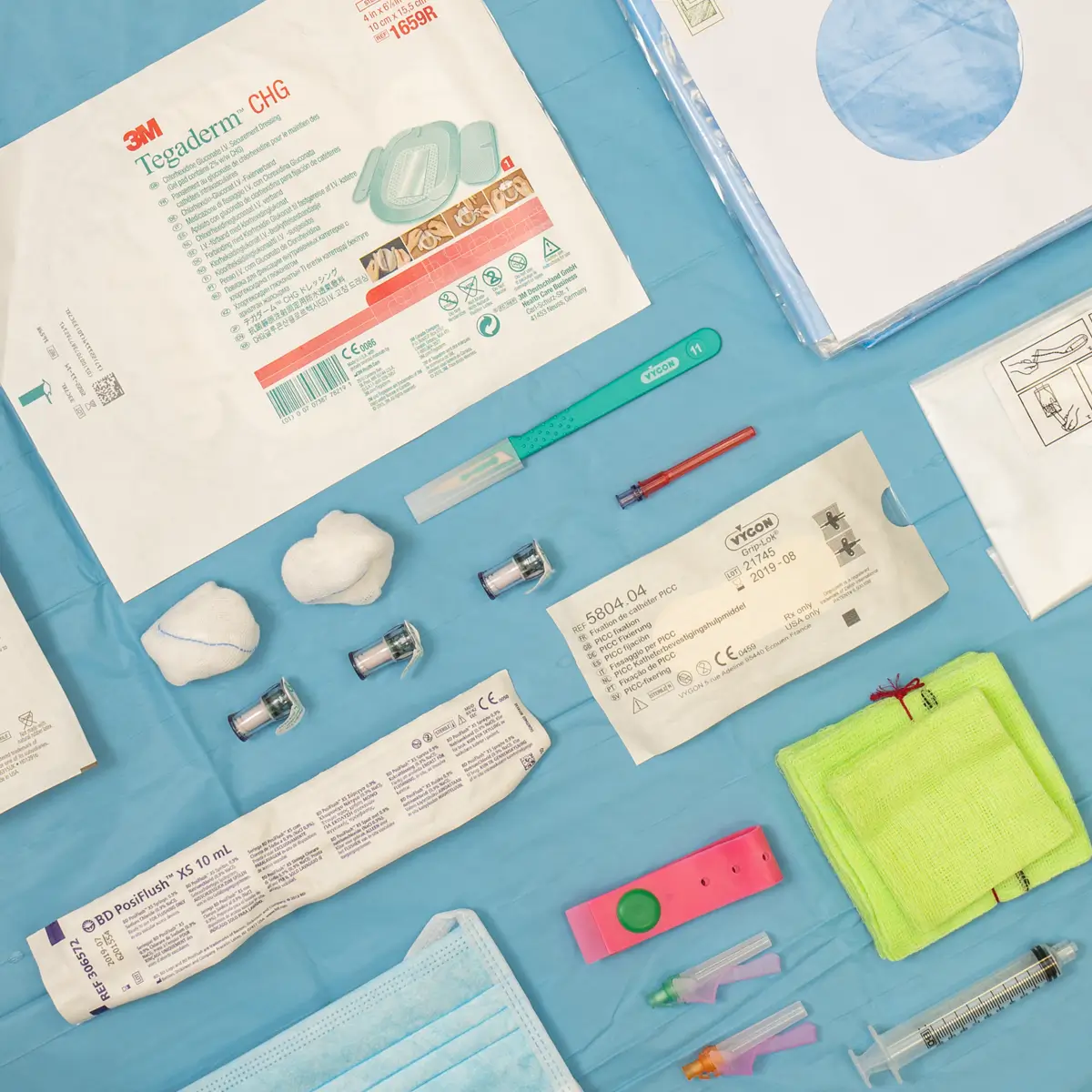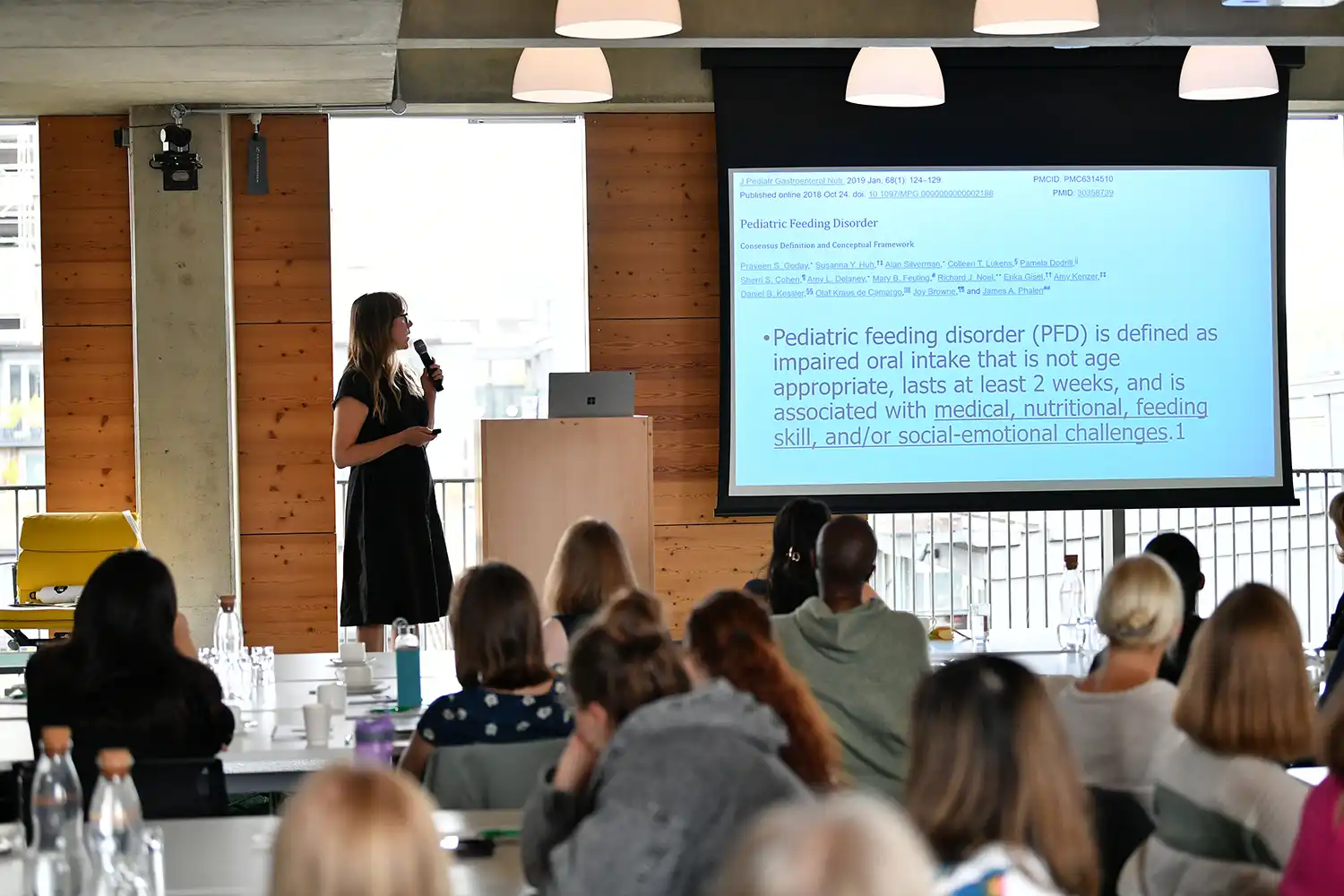Give Nurses the tools to make more informed decisions
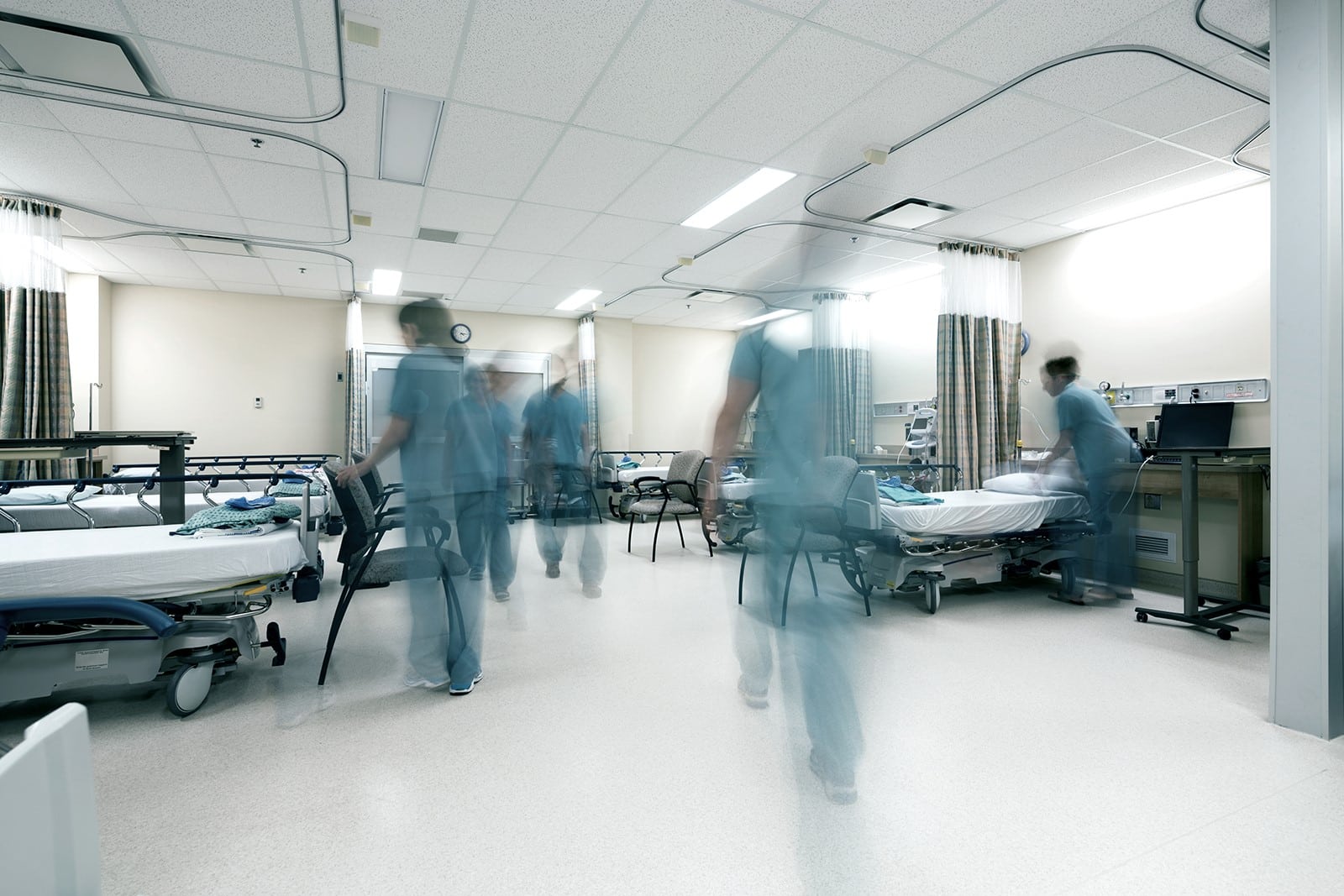
A Nurse-Led ICU: Streamline your processes and make informed decisions with Mostcare UP
Nurses are the first clinical aid at the bed space, monitoring & responding to changes in the patient condition. Giving nurses the tools to make more informed decisions with additional information, can potentially make a substantial difference to patient care.[1]
Early detection of preventable outcomes is key to timely intervention.[2]
Monitoring a patients vital signs play an important part in determining if the patient is at risk of deterioration, however clinical deterioration can sometimes go unnoticed until it requires higher escalation[3].
By monitoring patients closely, nurses can identify the slightest changes in the patient’s status and utilising trend data can help to make informed decisions.
Mostcare UP allows for constant and sensitive monitoring of the slightest haemodynamic variations in real time because it is based, heartbeat by heartbeat, only on the morphology of the arterial pressure wave. This allows for early detection of a decline in the patients status and can prevent clinical deterioration and potentially reduce the patients length of stay if the episode of instability had occurred.
Moving from prescriptive to reactive healthcare – Goal directed Therapy
Early goal-directed therapy provides significant benefits with respect to outcome in patients with severe sepsis and septic shock. By utilising perioperative fluid management to treat the patient, the therapy can be targeted and clinicians gain a clearer picture of the patient status.
“Mostcare gives you a better picture of how to treat your patients and you can target the therapy to the patient.” Rocio Occio-Ferraro, Consultant anaesthetist
Nurse-led implementation of cardiac output monitoring
Monitoring your patients’ cardiac output constantly, leads to early intervention and enhanced decision making and escalation.
Mostcare UP cardiac output monitoring gives nurses the initiative to make informed decisions on their patients by providing constant monitoring with immediate results to support early intervention and improve patient outcomes.
It’s patented reliable algorithm provides real-time monitoring, with no complicated set-up or external calibration required. With no disposables, there are also no added costs to patient monitoring so there is no limit to patient care.
Croydon University hospital recently introduced Mostcare alongside an existing nurse-led service and identified improvements.
The introduction of MostCare enhanced the nursing teams involvement within the decisions to start Cardiac Output Monitoring and of when to escalate/deescalate care. Previously these decisions would have needed to go through the band 7 senior nursing team or the medical team due to the cost of monitoring associated per patient.
By not using complicated set ups or consumables, the nurses could easily access their patients needs, make necessary decisions for treatment and even easily transfer monitoring from one patient to another.
“Set up is straight forward, less time consuming and the machine is easier to navigate”.
- Staff Nurse | Croydon University Hospital
Trial Mostcare in your Department
Despite all the clinical evidence, it's always best to see the benefits for yourself. At Vygon, we support with evaluations in your department and training staff so you can discover for yourself how Mostcare UP would help your patients and team.
Experience the benefits for yourself with an evaluation in your hospital.
Training & knowledge
Vygon can help support in developing a nurse – led service in your ICU. We have Clinical Haemodynamic Specialists available to train your team while they work, supporting practice and informed escalation.
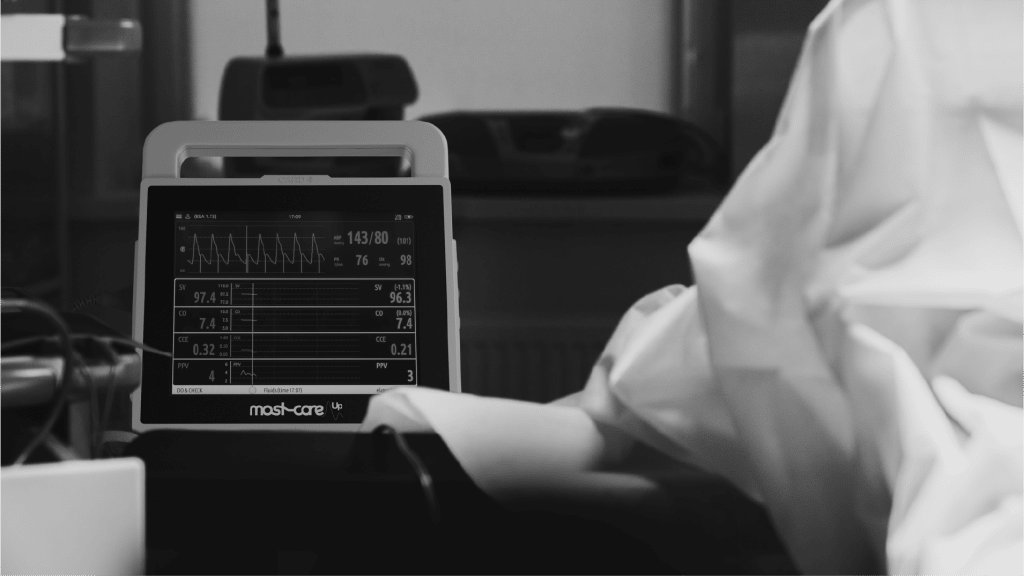
References:
[1] McParland C, Johnston B, Cooper M. A mixed-methods systematic review of nurse-led interventions for people with multimorbidity. 2022.
[2] Brekke IJ, Puntervoll LH, Pedersen PB, Kellett J, Brabrand M. The value of vital sign trends in predicting and monitoring clinical deterioration: A systematic review. PLoS One. 2019 Jan 15;14(1):e0210875. doi: 10.1371/journal.pone.0210875. PMID: 30645637; PMCID: PMC6333367.
[3] Brekke IJ, Puntervoll LH, Pedersen PB, Kellett J, Brabrand M. The value of vital sign trends in predicting and monitoring clinical deterioration: A systematic review. PLoS One. 2019 Jan 15;14(1):e0210875. doi: 10.1371/journal.pone.0210875. PMID: 30645637; PMCID: PMC6333367.

